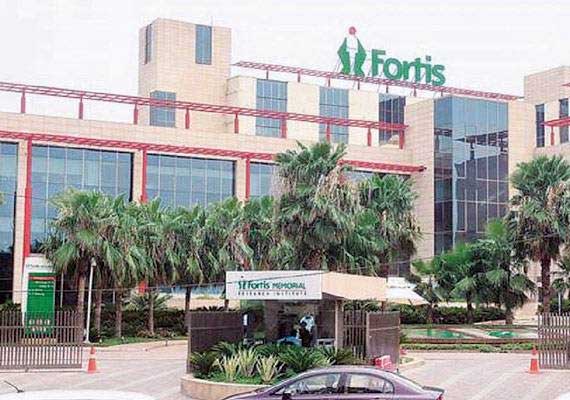Coarctation Repair Treatment in India
treatment
starting from
Introduction
Coarctation of the aorta is a congenital heart defect in which the aorta, the largest artery in the body, narrows or becomes constricted. This condition obstructs the normal flow of blood from the heart to the rest of the body, leading to various complications. Fortunately, medical advancements have given us a remarkable solution - coarctation repair. In this blog, we will delve into the intricacies of this procedure, its importance, and the positive impact it has on patients' lives.
Understanding Coarctation of the Aorta
Before delving into coarctation repair, it's essential to grasp the basics of the underlying condition. Coarctation of the aorta occurs during fetal development, and its exact cause remains unknown. The narrowed segment of the aorta creates increased pressure before the constriction and decreased pressure beyond it. As a result, the heart works harder to pump blood through this narrow passage, while the lower body receives insufficient oxygenated blood.
Signs and Symptoms
Symptoms of coarctation can vary depending on the severity of the condition. In newborns, it may manifest as heart failure or shock due to critical narrowing. In older children and adults, common symptoms include:
- High blood pressure: Often detected during routine check-ups.
- Weak or absent pulses in the lower extremities.
- Cold feet or legs compared to the rest of the body.
- Headaches or dizziness.
- Shortness of breath, especially during physical activity.
- Nosebleeds.
The Importance of Coarctation Repair
Early diagnosis and timely intervention are crucial to managing coarctation of the aorta. Coarctation repair is vital for several reasons:
- Improved Quality of Life: Repairing the coarctation allows the heart to pump blood more efficiently, leading to better overall health and enhanced stamina.
- Preventing Complications: If left untreated, coarctation can lead to severe complications such as heart failure, hypertension, aneurysms, and even premature coronary artery disease.
- Lowering Cardiovascular Risks: Correcting the defect early can significantly reduce the long-term risk of developing cardiovascular problems.
Coarctation Repair Procedures
There are two primary methods for coarctation repair: surgical repair and transcatheter intervention.
- Surgical Repair: This traditional approach involves open-heart surgery, where the narrowed section of the aorta is removed, and the two healthy ends are reconnected. In more severe cases or when the coarctation is complex, additional measures like patch grafts may be required.
- Transcatheter Intervention: In recent years, advances in medical technology have introduced minimally invasive procedures. Transcatheter interventions involve threading a catheter with a balloon through blood vessels from the groin to the site of coarctation. Once in place, the balloon is inflated to widen the narrowed segment, and a stent may be placed to keep the vessel open.
Recovery and Follow-up
Following coarctation repair, patients usually experience a significant improvement in their overall well-being. In the case of open-heart surgery, hospital stays may be more extended, while minimally invasive procedures often allow for quicker recovery times.
Regular follow-up visits with the cardiologist are essential to monitor the heart's progress and ensure there are no complications. Most patients can lead a normal, active life after coarctation repair.
Conclusion
Coarctation repair is a remarkable medical procedure that has revolutionized the treatment of this congenital heart defect. Early detection, prompt intervention, and advancements in medical technology have significantly improved outcomes for patients with coarctation of the aorta. By repairing the narrowed pathway, coarctation repair not only saves lives but also provides individuals with the opportunity to lead healthier and more fulfilling lives.
If you suspect any symptoms of coarctation of the aorta, seek immediate medical attention to ensure timely diagnosis and appropriate treatment. Remember, a healthy heart is the key to a happier life.
How It Works
Need help in organizing medical travel to India?






